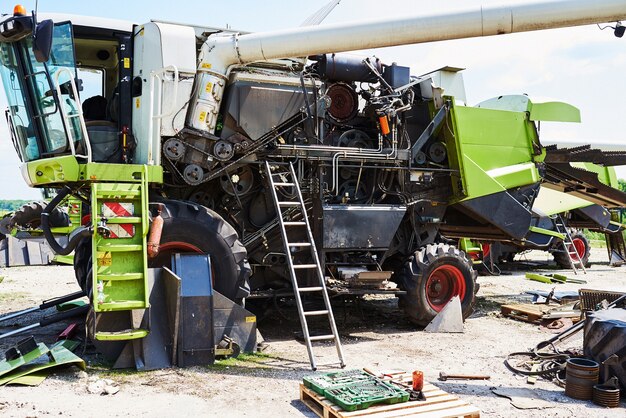
Sponsored article
Get an inside perspective on the mechanics of professional demolition and removal services. This article provides a comprehensive view on how these complex operations are executed, including the intricate process, importance of heavy-duty machinery, and strict safety measures undertaken. Ideal for those curious about the industry or potential clients browsing for professional services, this read offers valuable insights into these often overlooked yet crucial services.
The Demolition process begins with a careful planning phase, where BHH Demolition and Removal Services evaluates the project to determine the best approach. Key factors include the building’s condition and surrounding environment. The actual deconstruction phase follows, where professional demolition teams prioritize safety while systematically bringing down the structure. Finally, removal teams work diligently for thorough site clean-up. The central project steps include:
With BHH, you’re assured of an efficient, thorough and professional demolition process.
In professional demolition and removal services, the use of appropriate machinery and tools is paramount to ensuring a safe and efficient building removal process. The demolition equipment used comprises a diverse range, each designed to be effective in different stages of dismantling. Notable among these include:
These pieces of demolition equipment, among others, play vital roles in ensuring a smooth, safe, and efficient machinery-driven building removal process.
In all professional services, safety is paramount, which is doubly true with demolition safety. Workers are equipped with personal protective equipment and undergo comprehensive training to ensure adherence to rigorous safety measures. Everything from equipment handling to site assessment is scrutinized to mitigate any potential hazards. The use of stringent safety protocols in demolition and removal trades not only preserves the well-being of the staff involved but also guarantees precision and accident-free execution of the project. In essence, following these protocols significantly influences the overall process, safeguarding both the efficiency and outcomes of demolition projects.